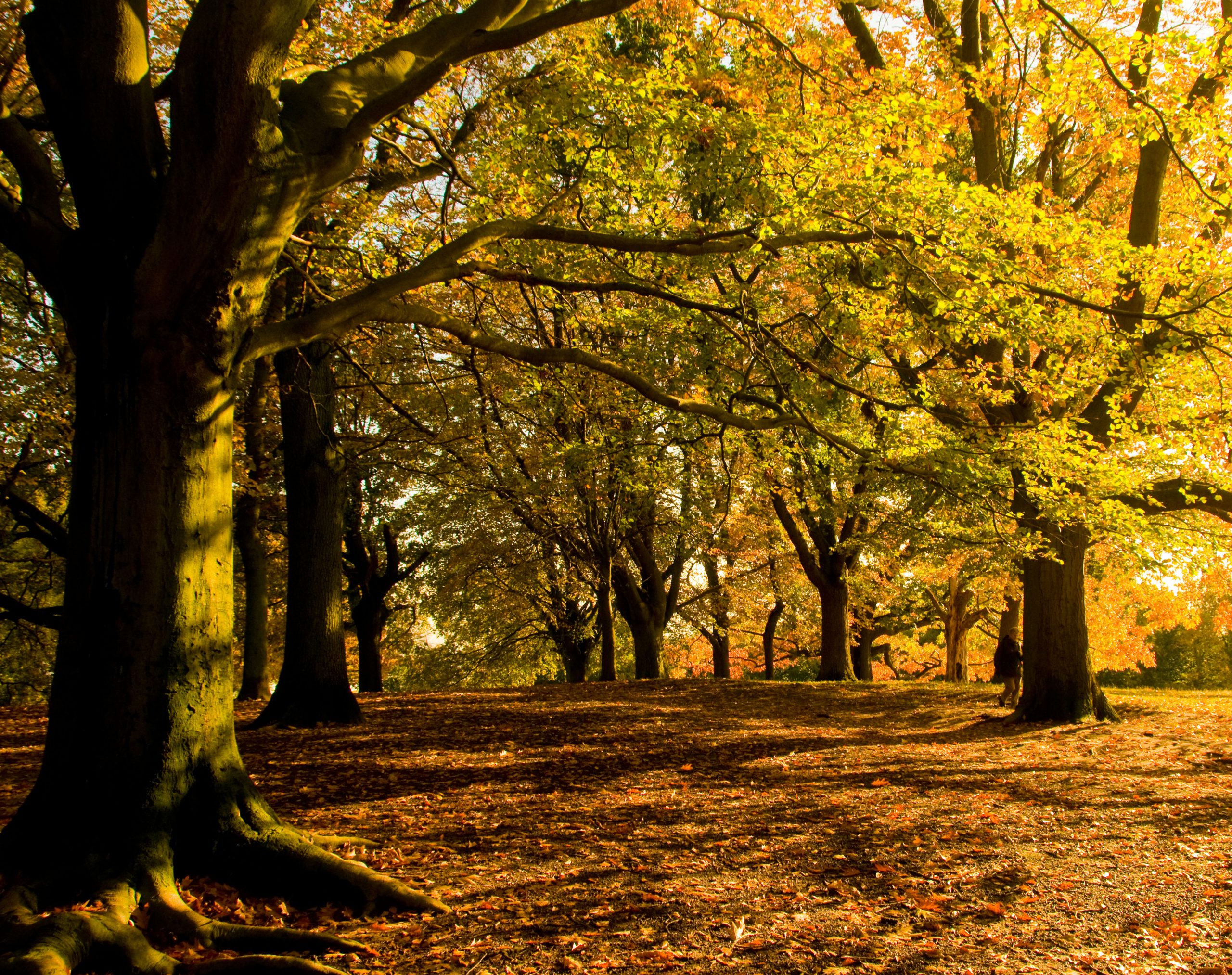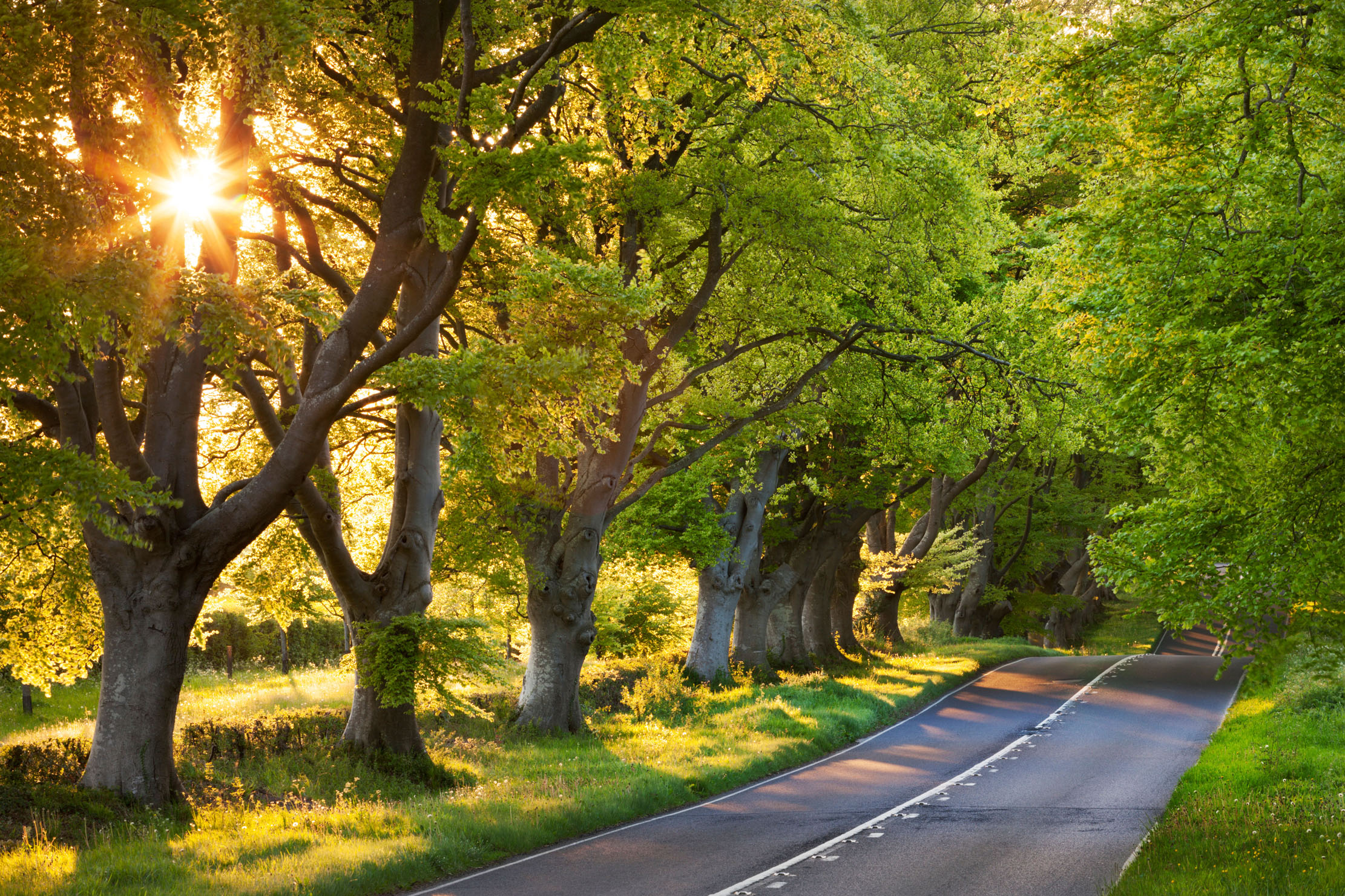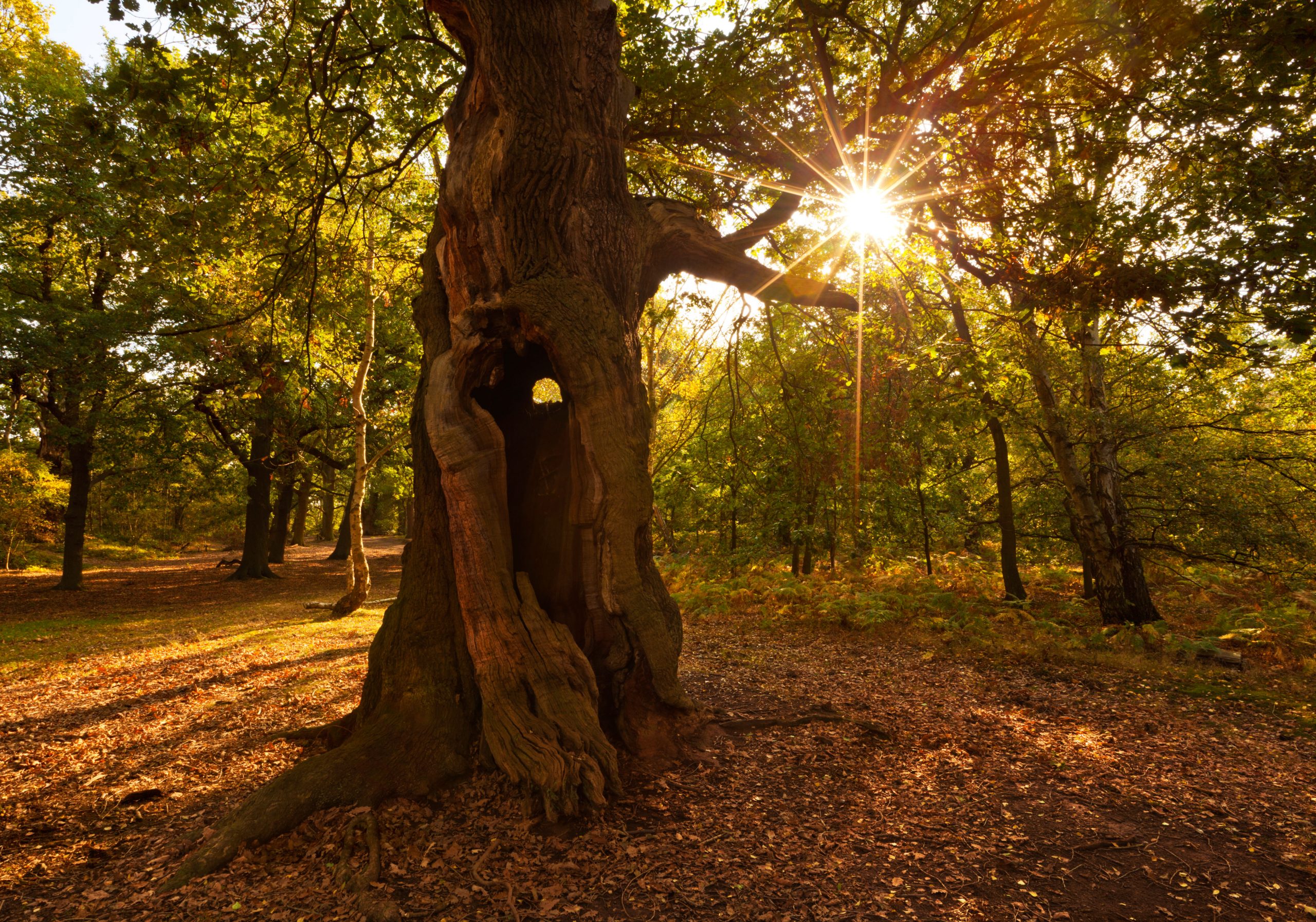'Trees remind us of our insignificance, our transience, and the necessity of wonder'
As Country Life launches its Trees for Tomorrow campaign, to mark the magazine’s 125th anniversary, John Lewis-Stempel reflects on why these gentle giants are the key to our survival.


To celebrate our 125th anniversary next year, Country Life has launched a Trees for Tomorrow campaign which will see us plant thousands of trees. Find out more and get involved at www.countrylife.co.uk/trees-for-tomorrow.
A broadleaved wood is a place for all seasons, all reasons. In winter, one wood-wanders through bare trees in reflective, echoey tones of one’s own making; the spring wood, the sap rising and anemones blossoming underfoot, is affirmation of life over death; the summer greenwood is for romance and for blue caves of sheltering shade; the autumn wood, with the incense of fallen leaves filling the air, is for gathering mushrooms — the larder time.
There is always music in such a wood, whether birdsong, wailing wind through wire-thin branches or breeze susurrating the leafy treetops. Edward Elgar understood the music of the trees, writing to his friend August Jaeger: ‘The trees are singing my music — or have I sung theirs?’

Following the thaw of the last Ice Age 10,000 years ago, the first tree to recolonise Britain was the birch; this tough, if elegant tree (‘the Lady of the Woods’ in the words of Samuel Palmer) was then joined by 34 others to make our stock of native trees. As a rule of thumb, a native tree will host more species than an import: the British oak is home to 250 insect species, the alien plane tree only one. It is a matter of growing up together, of co-evolution. Of time.
But perhaps we should not fetishise the native? Where would Christmas be without the Romans’ sweet chestnuts to roast on an open fire? In climate-changing times, it is shrewd to plan and plant ahead, to test out new non-natives, as Forestry England is currently doing.
"When his gardener objected to planting trees, saying they were slow growers, taking 100 or more years to mature, the old soldier replied: ‘In that case, there is no time to lose; plant it this afternoon.’"
The role of trees in the war against climate change needs little promotion: on average, a single broadleaf tree will absorb a ton or so of carbon dioxide in a century. Less obvious environmental benefits of trees are that they filter noise and keep the landscape pegged down when the wind blows or the floods roar. And, in the hurly burly of 21st-century life, woods have metaphysical value: they are a tranquil sanctuary. Peace on Earth.
There is beauty to be found in a wood, too, in the stark, minimalist tracery of trees against December’s snowy sky, in the hallucinatory mauve pools of spring’s bluebells. Who, on seeing a bluebell, has not felt with Anne Brontë:
Exquisite houses, the beauty of Nature, and how to get the most from your life, straight to your inbox.
There is a silent eloquence In every wild bluebell That fills my softened heart with bliss.
Humans have always respected trees; they have even been objects of worship. The Druids considered oaks to have numinous powers and to be the abode of guardian spirits. (Even today, people touch wood; a relic habit from the Old Time.) Trees live longer, grow larger than we do, are more inscrutable than we are. The oldest tree in Britain, the Fortingall Yew in Perthshire, is thought to be 3,000 years old; our tallest tree is the Stronardron Douglas Fir at 209ft; and every tree contains mystical, inner workings. We cut down trees, but they cut us down to size. Trees, like stars, remind us of our insignificance, our transience, and the necessity of wonder.

It is a fallacy that woods should be museums of trees. The sound of a chainsaw is not necessarily sacrilege. Forestry England’s ‘clear-felling’ at Thetford has caused one of the largest nightjar and woodlark populations in the country to establish; both birds are creatures of ‘open habitat’. Be it fuel for the fire, timber for building or food for the table (Forestry England sells 175,000kg of venison per annum from the culling necessary to protect regeneration), the wood that provides tends to be the wood that is managed and the wood that is managed tends to be the wood that is biodiverse.
I once inherited the tenancy of a dark, overgrown wood, its floor an endless monoculture of bramble. Four years of coppicing, browsing by cattle and snouting by pigs — both of them originally woodland animals — created a mosaic of habitats, from glades to puddly ponds to piles of rotting brush. The number of woodland birds quadrupled. A thousand flowers bloomed.
From little acorns, the saying goes, oak trees grow. But first, you have to put the acorn in the ground. The best advice on woodland management is that of French soldier Marshal Hubert Lyautey (1854–1934). When his gardener objected to planting trees, saying they were slow growers, taking 100 or more years to mature, the old soldier replied: ‘In that case, there is no time to lose; plant it this afternoon.’
